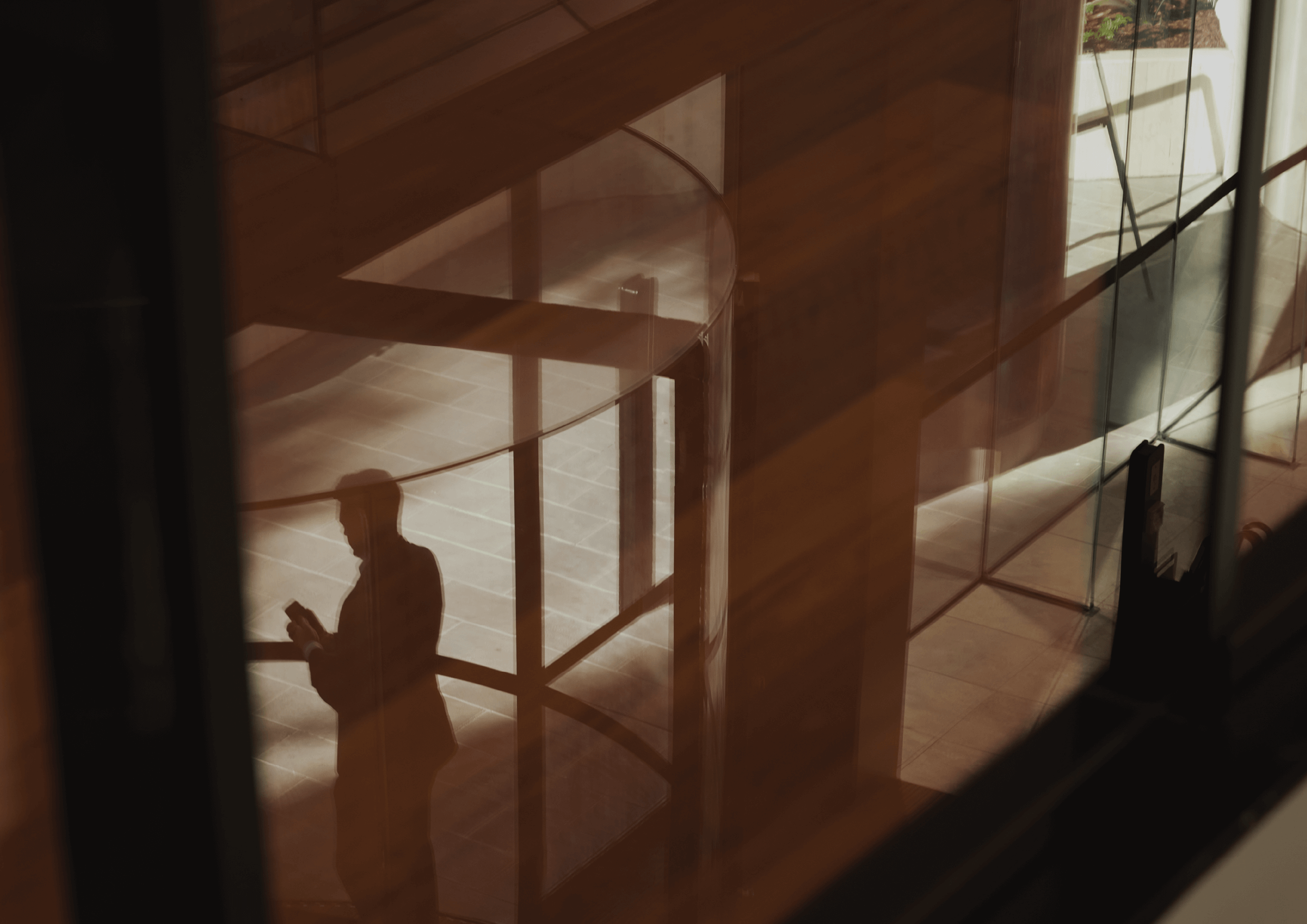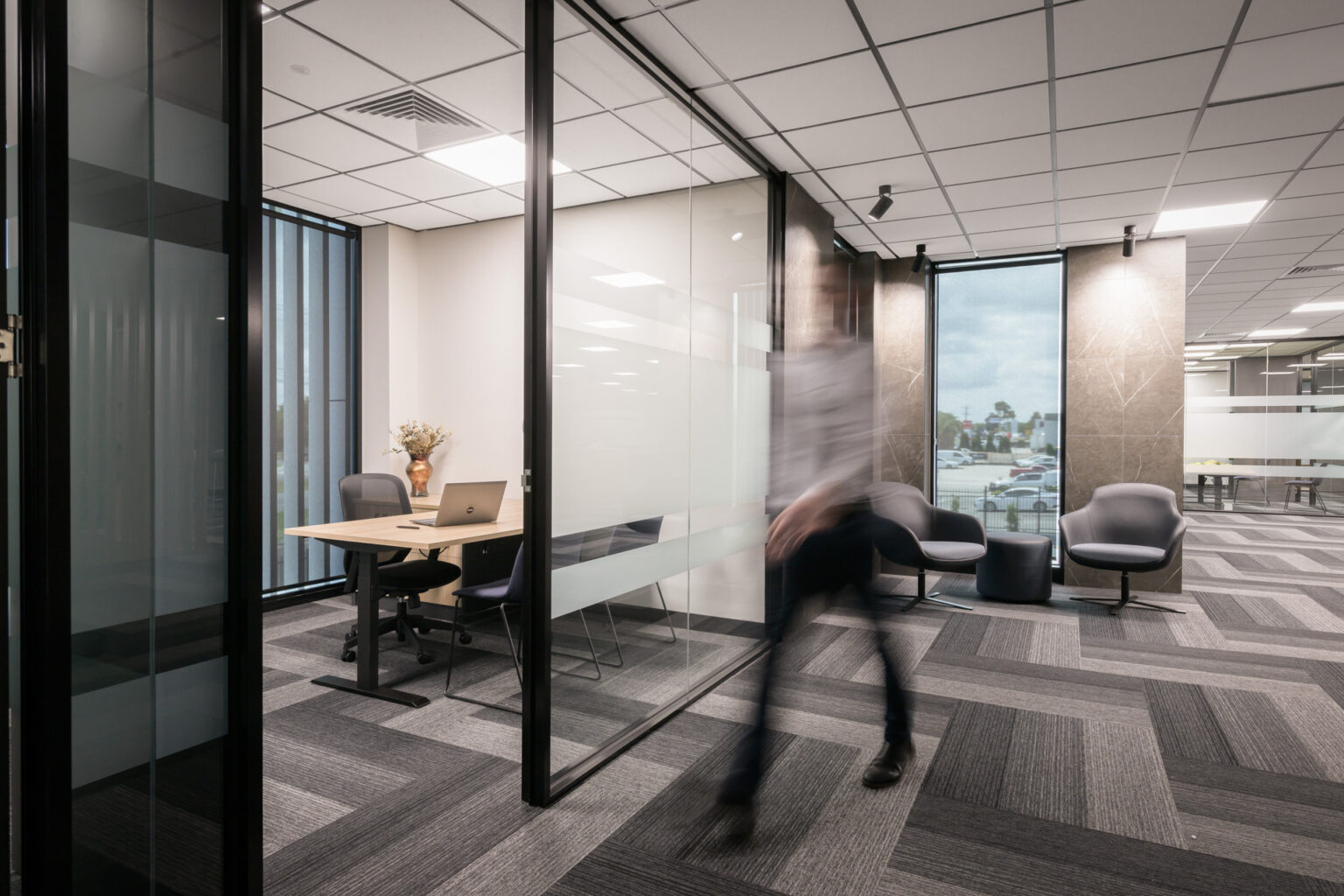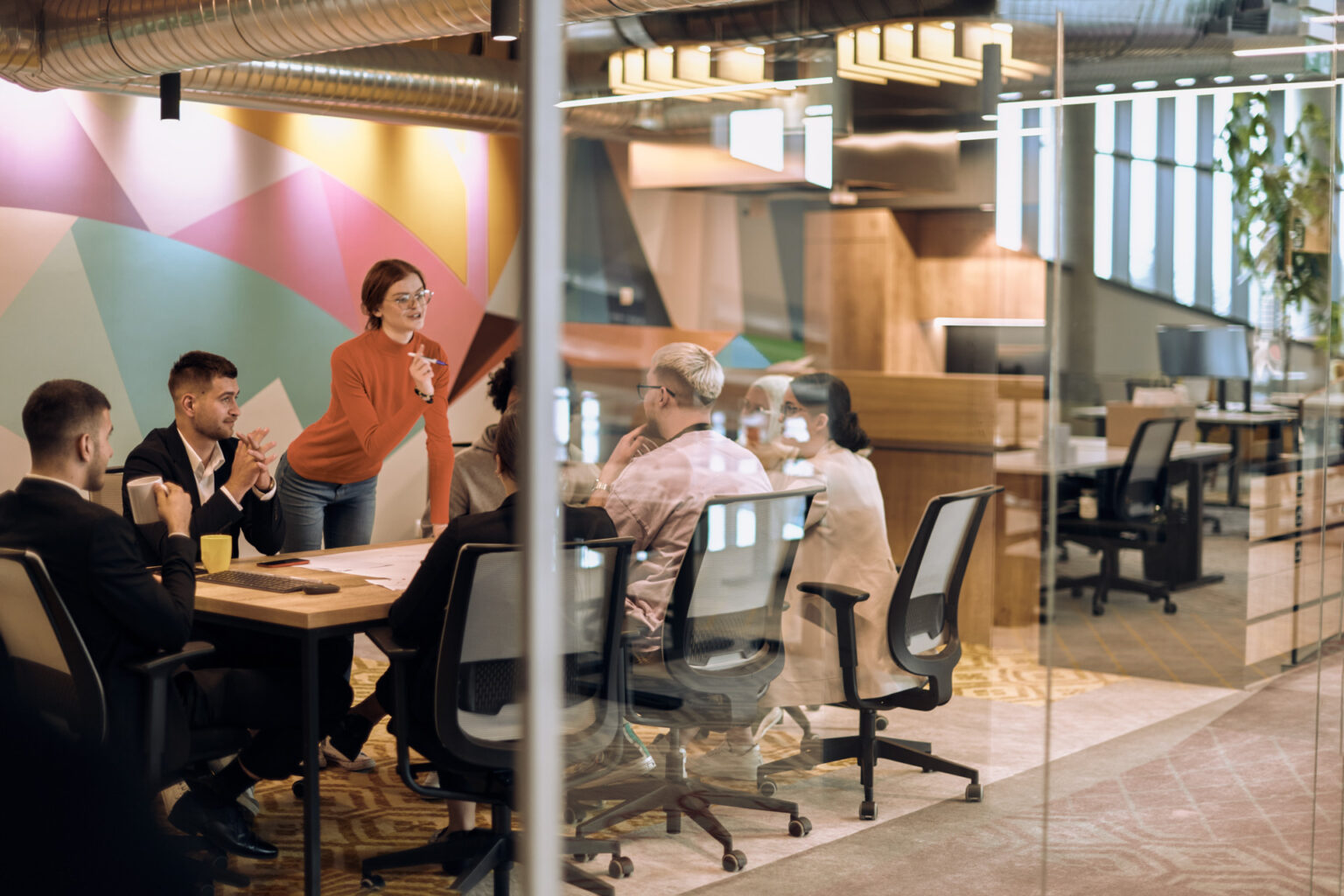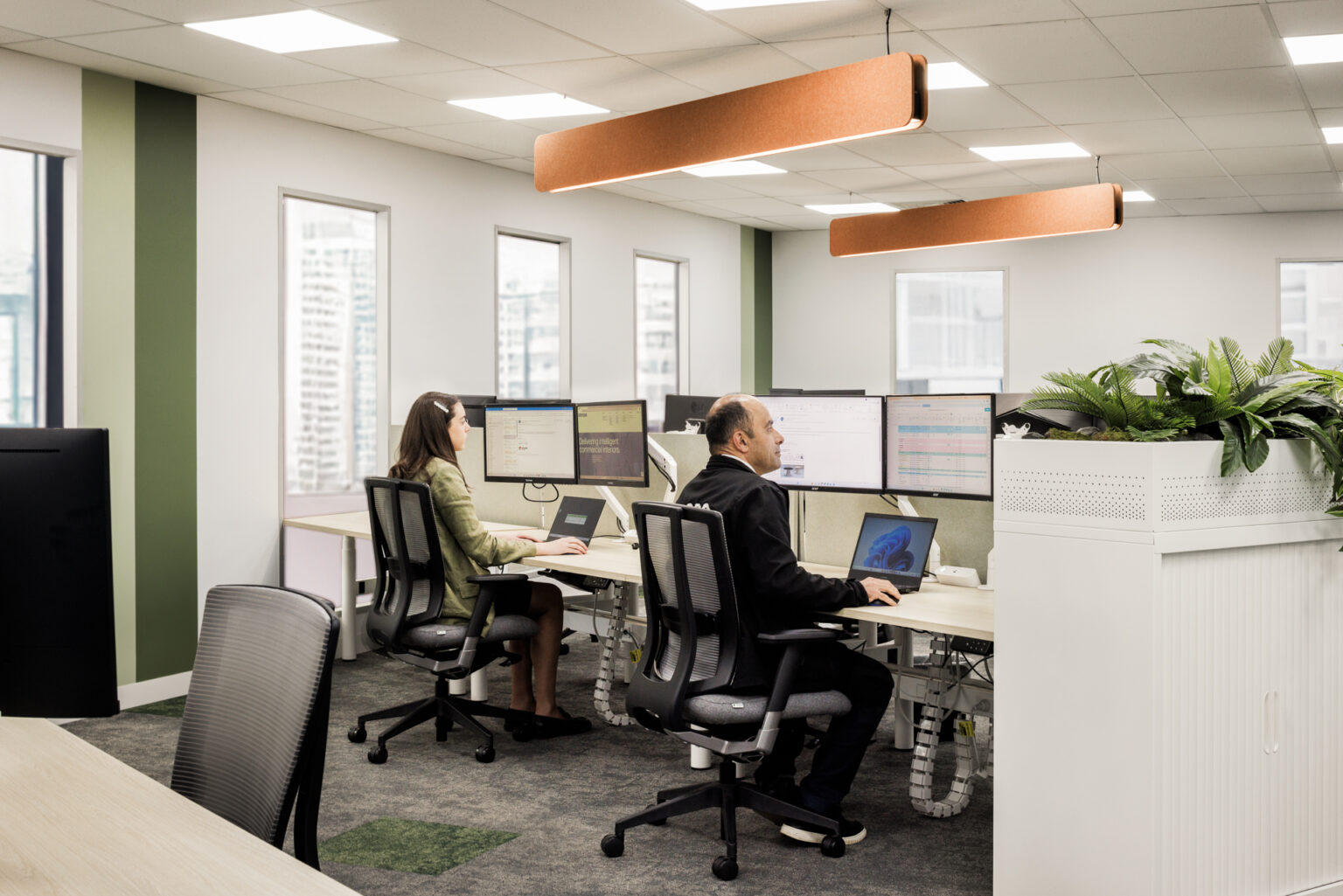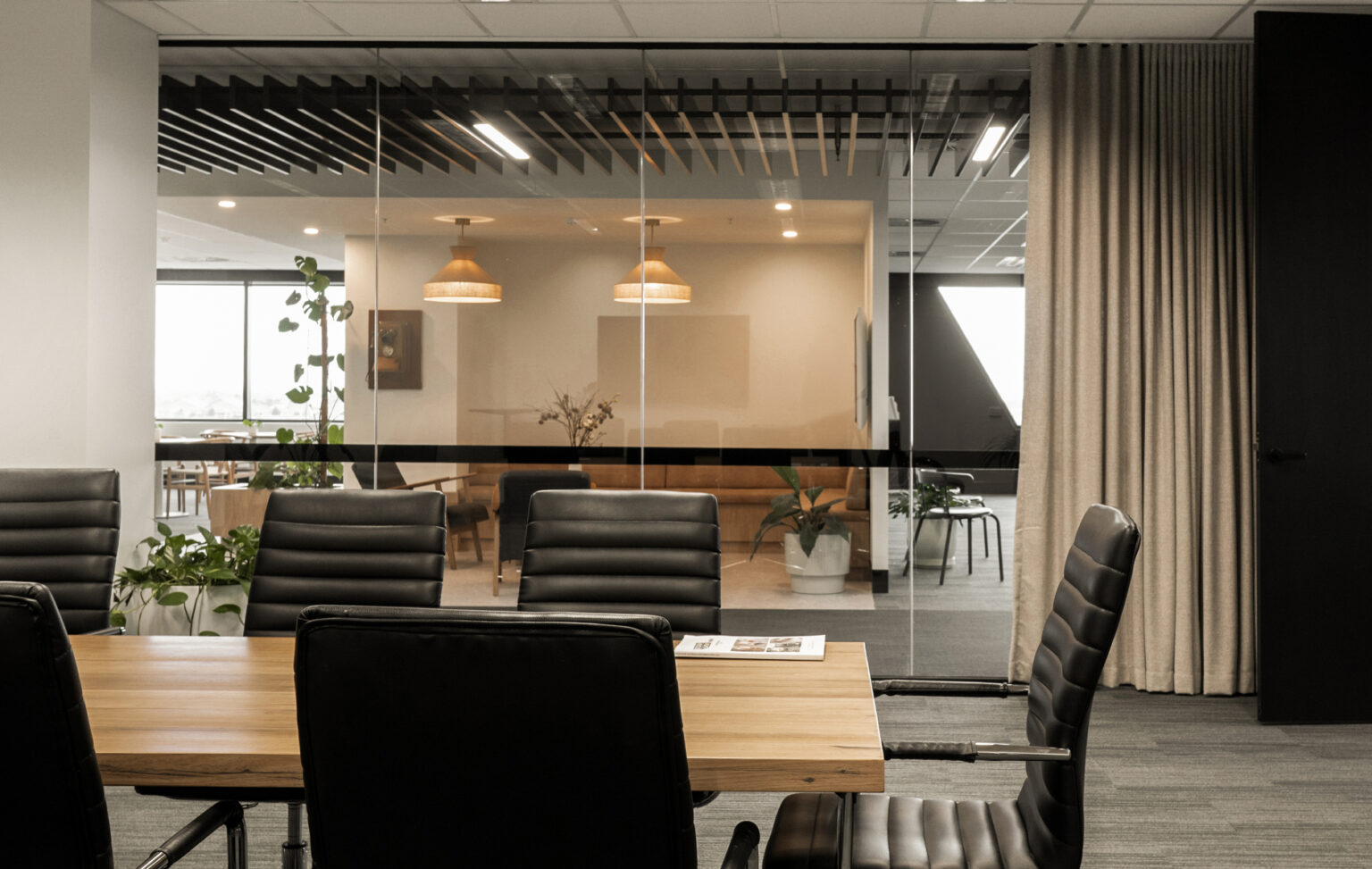Innovative IT Office Interior Design: Creating Tech-Savvy Workspaces
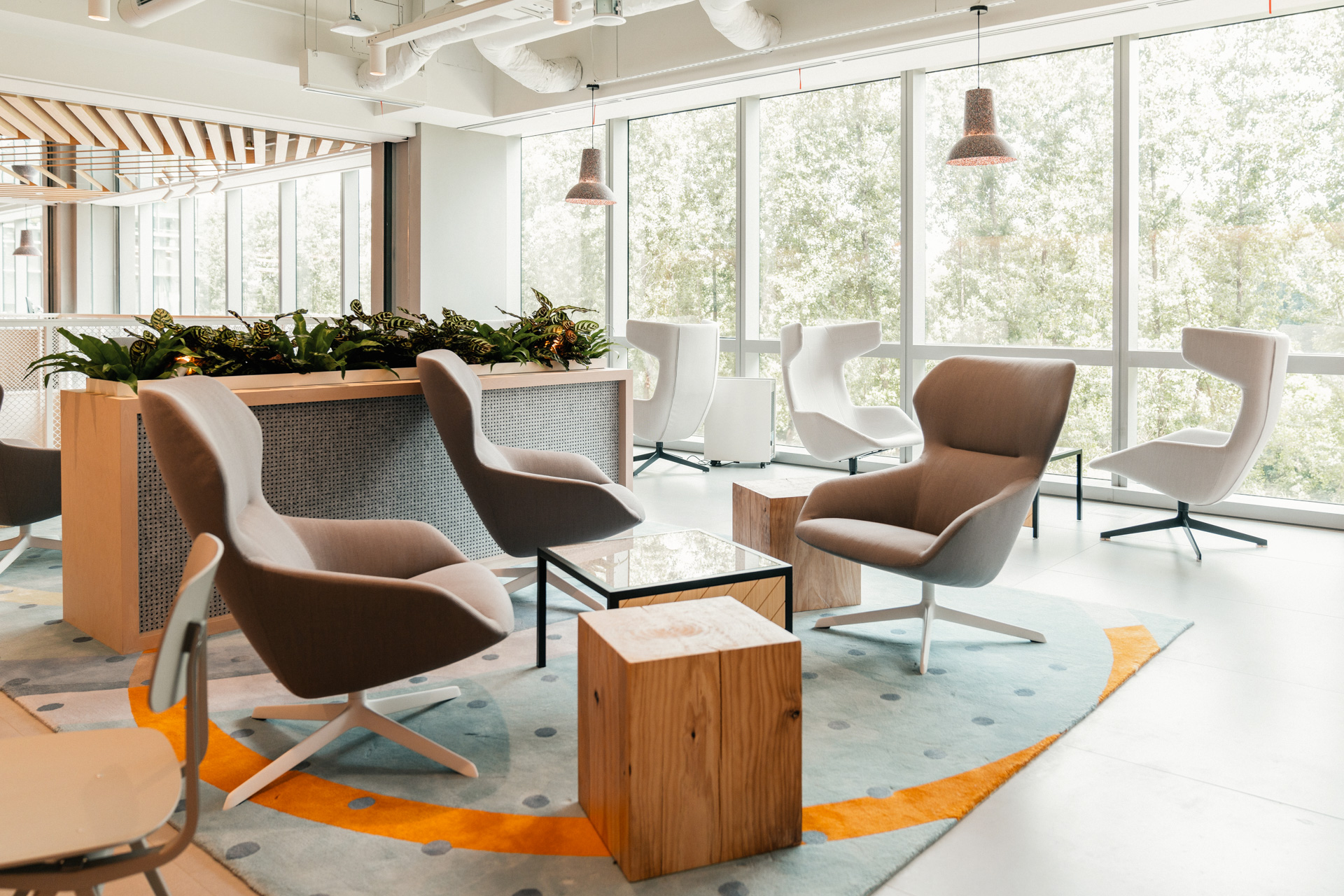
Introduction to IT Office Interior Design
If there’s one industry that’s constantly evolving and pushing boundaries, it’s the IT industry. From innovative software solutions to cutting-edge hardware, the world of technology is always on the move.
With that being the case, it’s no longer viable for IT companies to settle for generic, cookie-cutter office spaces that lack character and fail to reflect their innovative nature. Instead, an IT office space should reflect this forward-thinking mindset to keep employees inspired and motivated to continue pushing the limits of technology.
Here, office interior design takes centre stage. In this guide, we’ll explore the key elements of designing a tech-savvy workspace for IT companies that are both conducive to productivity and reflective of the industry’s values.
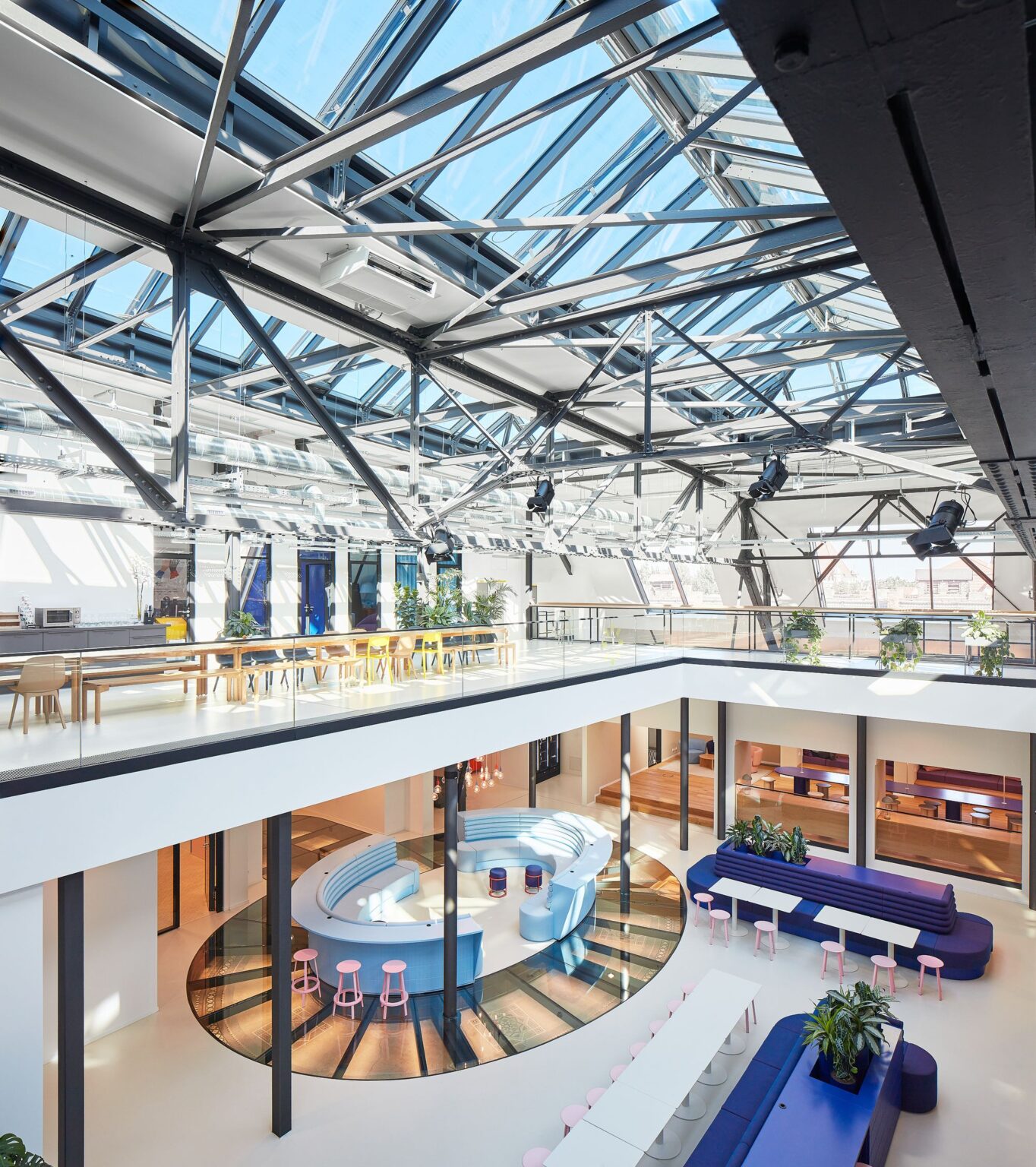
Key Elements of Innovative IT Office Interior Design
The companies that are leading the way in technology are also at the forefront of innovative office interior design. Here are the main elements that are usually at play in creating such stand-out IT workspaces:
Flexible Layouts and Agile Spaces
Confining employees to cubicles or restrictive office spaces is a thing of the past. In IT offices today, flexibility is crucial. This translates into having spaces that can easily adapt to different needs.
This typically starts with open-plan layouts that allow for collaboration and fluid movement around the office but also extends to elements such as:
- Modular furniture that can be easily rearranged or moved around to accommodate different team sizes or project needs
- Multipurpose workstations, such as standing desks that can also double as high tables for impromptu meetings or brainstorming sessions
- Lounge areas and breakout spaces where employees can relax and recharge, also used for informal client meetings or team gatherings
Collaborative Work Zones for Tech Teams
Innovation thrives on collaboration and creativity, which is why IT companies must have designated zones that are specifically designed for teamwork.
These spaces should encourage idea-sharing and problem-solving, while also being equipped with the necessary technology for smooth communication and project management.
Some key features of collaborative work zones in IT offices include:
- Outdoor and indoor meeting areas to break away from traditional conference rooms and encourage out-of-the-box thinking
- Large whiteboards or writable surfaces for brainstorming and visualising ideas
- Video conferencing equipment for remote collaboration with teams or clients in different locations
- Projector screens or interactive displays for presentations and group discussions
Integration of Advanced Technology in Design
As you’d expect from an IT company, technology should be seamlessly integrated into every aspect of office design. This includes not just the use of computers and other devices, but also smart solutions that go beyond the traditional office setup.
Some examples of advanced technology in IT office design are:
- Smart lighting systems that adjust to natural light and employee preferences, saving energy and creating a more comfortable work environment
- Automated temperature control for efficient heating and cooling, which also helps reduce costs and carbon footprint
- Biometric access systems for enhanced security, as well as tracking of employee attendance and movement within the office
- Voice-activated assistants, which streamline tasks that would normally require manual effort, such as scheduling meetings and managing calendars
- Virtual and augmented reality experiences for training, prototyping, and other purposes
- Cloud-based collaboration tools for real-time communication and project management among team members
- Sensors and data analytics to monitor office space usage and make informed decisions for future design improvements
Image Source: Office Snapshots
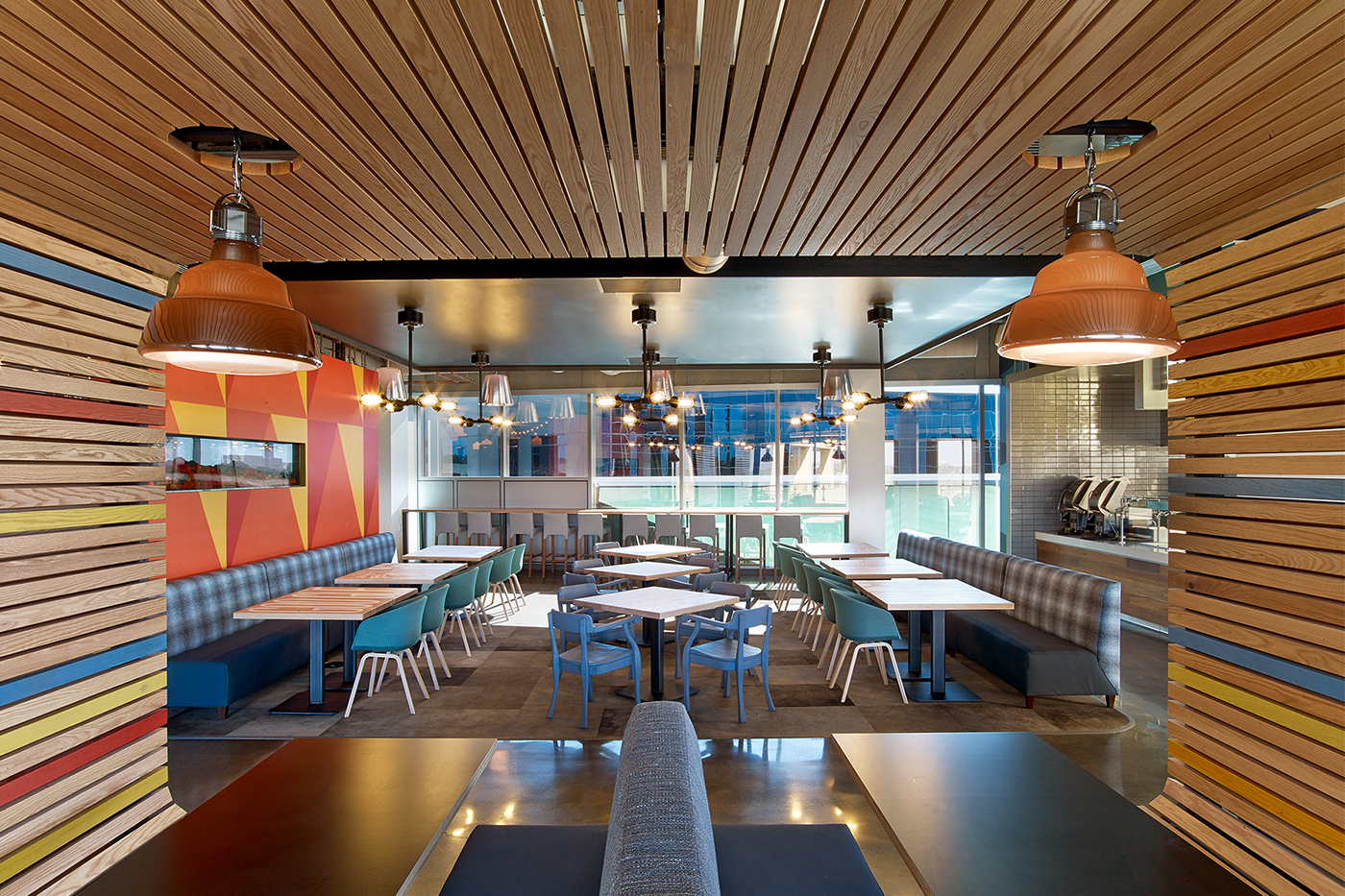
Designing for Productivity in IT Offices
Here’s how your revamped office interior can enhance productivity without sacrificing style.
Ergonomics and Comfort in Tech Workspaces
Because IT jobs often require long hours in front of a computer screen, it’s important to prioritise ergonomics and employee comfort in the office design. This includes:
- Ergonomic chairs and desks that support good posture and reduce strain on the body
- Adjustable monitor arms for proper positioning of screens at eye level
- Anti-glare screens and adequate lighting to reduce eye strain
- Comfortable breakout areas for employees to take breaks and relax
The more comfortable and supported employees are, the more productive they’ll be in their work.
Focused vs. Collaborative Work Areas
Even though a significant part of an IT job involves team collaboration, employees still need quiet, focused areas to work in.
This is why an effective office design for an IT company should balance both collaborative and individual workspaces. It might look like this:
- Collaborative zones with open plan desks, whiteboards, and comfortable seating to promote creative brainstorming and idea sharing
- Private rooms or soundproof booths for employees who need to concentrate on complex tasks without distractions
Supporting a Hybrid and Remote Workforce
Since the pandemic, hybrid and remote work have become increasingly popular in the tech industry. When thinking of office design ideas, it’s important to consider how to avoid creating a disconnect between employees working in the office and those working remotely.
Here are some ways to support a hybrid and remote workforce in your commercial interior design:
- Provide technology such as video conferencing equipment and project management tools to help facilitate communication and collaboration between on-site and remote workers
- Offer flexible seating options that allow for hot-desking or shared workspaces when employees do come into the office
- Create a space that feels like a home away from home for remote workers who may need to come into the office occasionally
- Design an office layout that allows for easy adaptation and flexibility to cater to the changing presence/absence of employees in the physical workplace
Image Source: Google, CA – Office Snapshots
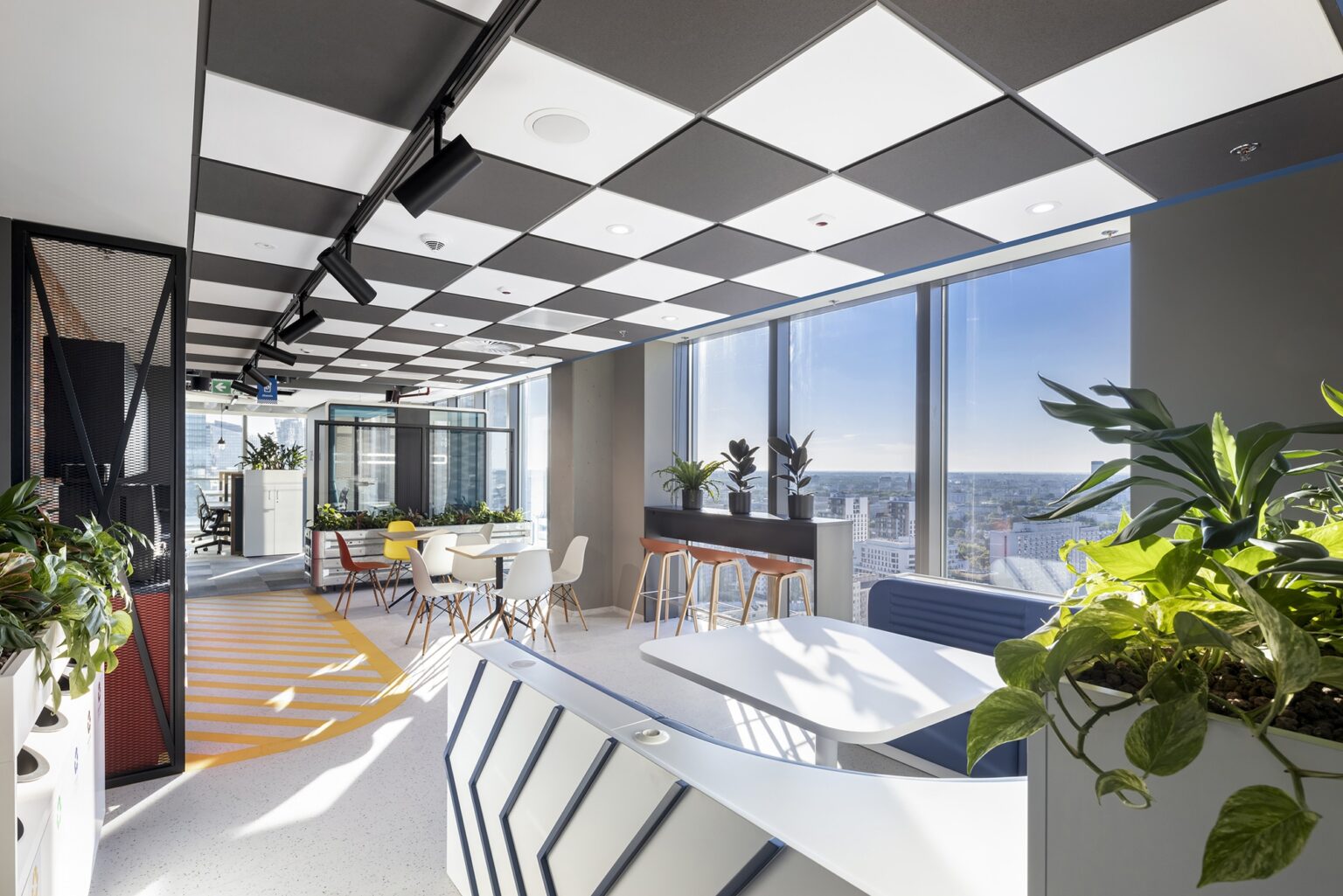
Smart Office Solutions for IT Firms
With innovation and productivity being ticked off, a final consideration for your new space is incorporating smart office solutions to streamline processes and enhance efficiency. Below are two of the main smart office solutions that can make a huge difference for the specific needs of IT firms:
Efficient Use of Space with Modular Designs
We’ve previously discussed modular designs for flexibility and easy adaptation in office layouts, which also ties into efficient space utilisation.
By using modular furniture and design elements, you can maximise your office space to accommodate more employees without it feeling crowded. Alternatively, remove excess furniture to create open and collaborative areas. This is particularly useful when shifting to a hybrid work model, for example.
Given how modular designs make it easier to reconfigure your office space, this saves time and money in the long run, as there is no need for major renovations or construction.
Sustainable Tech Solutions in Office Design
Last but not least, sustainability will be a major factor in office design moving forward. This not only includes environmentally friendly building materials and energy-efficient lighting but also sustainable technology solutions.
IT firms can lead the way by incorporating green tech into their office spaces. This may include:
- Using smart sensors to regulate temperature and lighting
- Implementing recycling programs for e-waste
- Installing renewable energy sources such as solar panels
- Leveraging AI and automation to reduce energy consumption
Not only do these sustainable tech solutions contribute to a better work environment, but they also align with the values of today’s environmentally conscious workforce. They can also be a selling point for potential clients who prioritise sustainability in their business partnerships.
Image Source: Keyloop, Warsaw – Office Snapshots
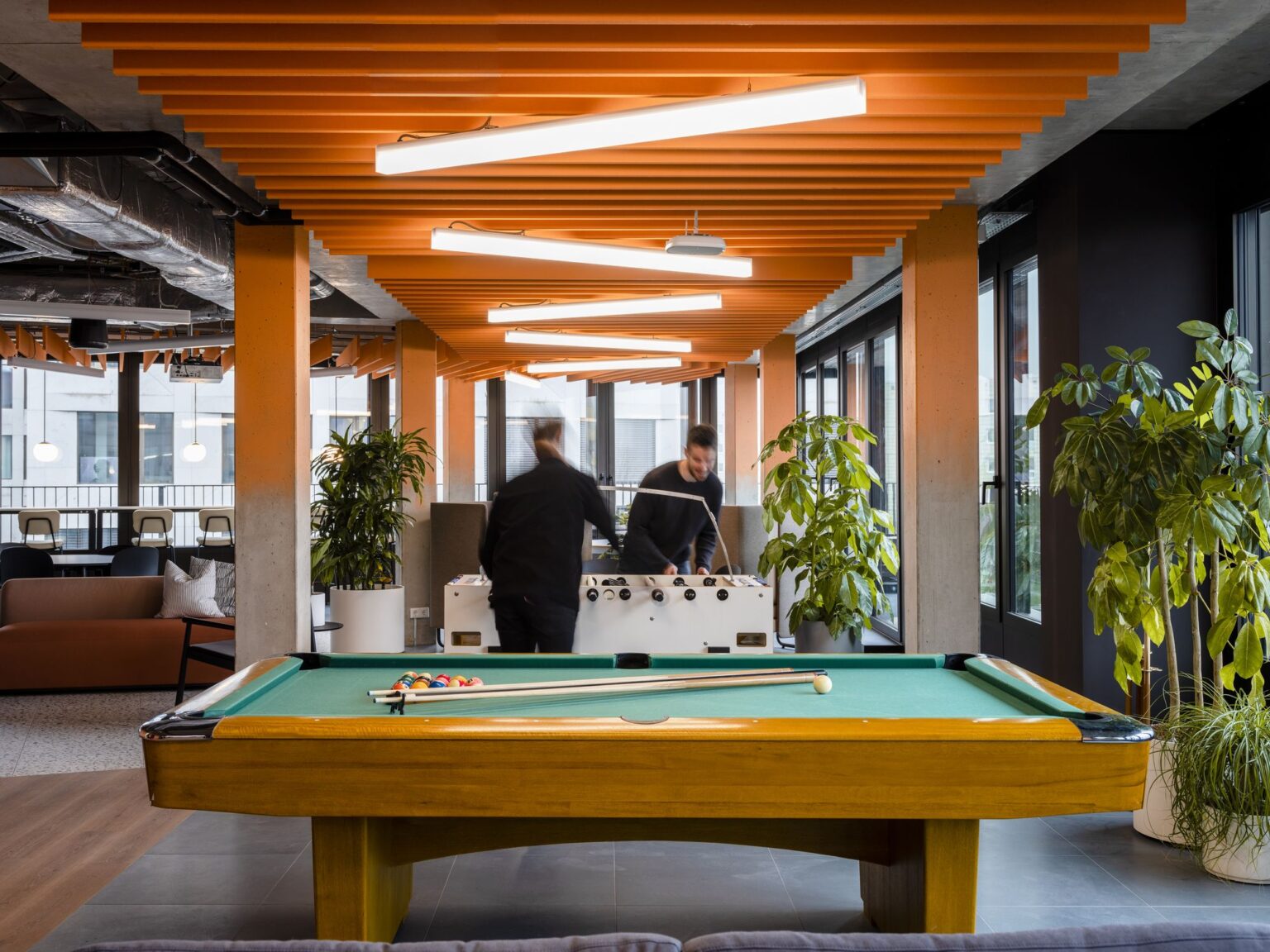
Future Trends in IT Office Interior Design
The future of IT office interior design is closer than we think. It’s better to start your office fit out or renovation now than play catch-up in the future. Key themes to focus on in your design include flexibility, employee comfort, technology integration, and sustainability.
If you’d like to stay ahead of the curve in terms of office design, consider partnering with a forward-thinking design firm that has worked extensively with IT companies, like us at Sensa. We’ve been in business for 40+ years, and we provide an end-to-end office fitout process–we’ll be your one-stop shop for all your intelligent office design needs.
Contact us today to learn more about how we can help you create an efficient, productive, and future-proof IT office space!
Image Source: Tomtom, Berlin – Office Snapshots

